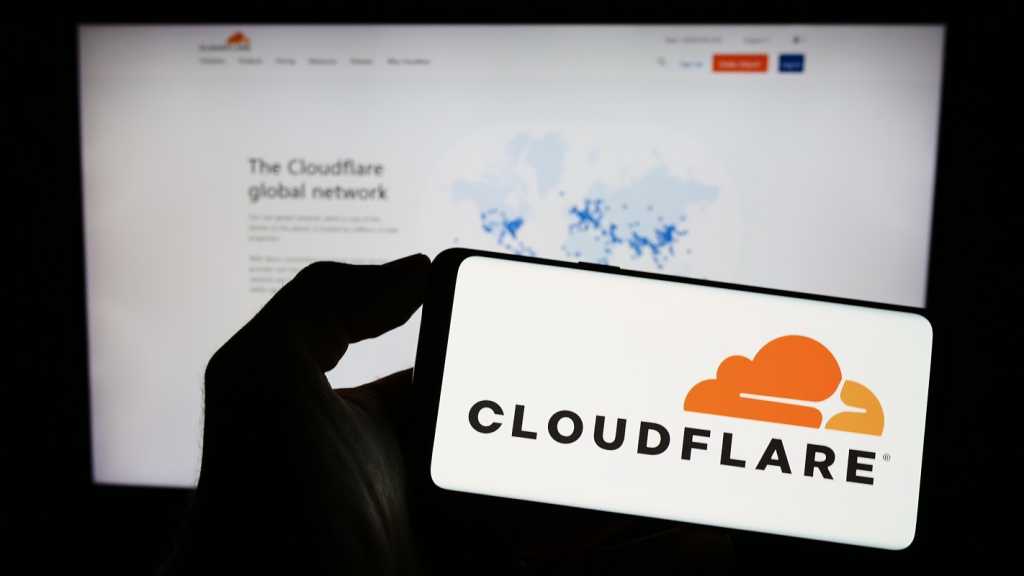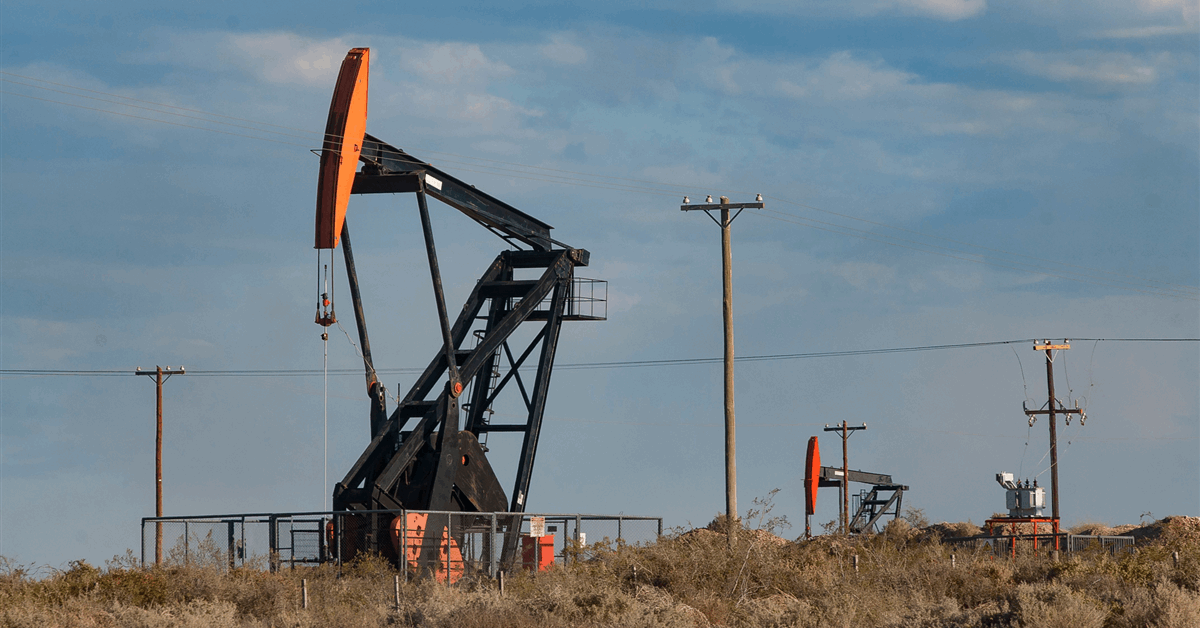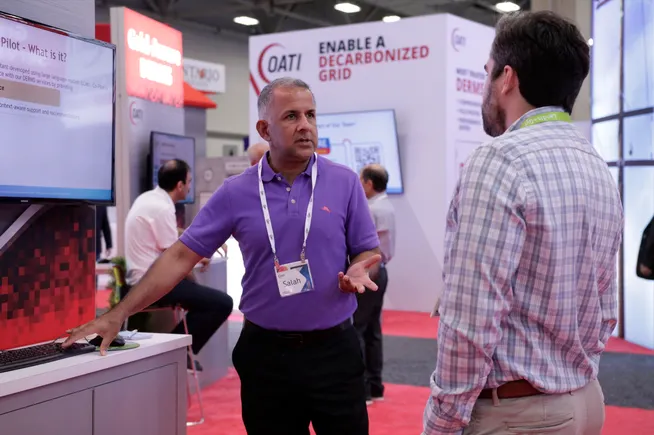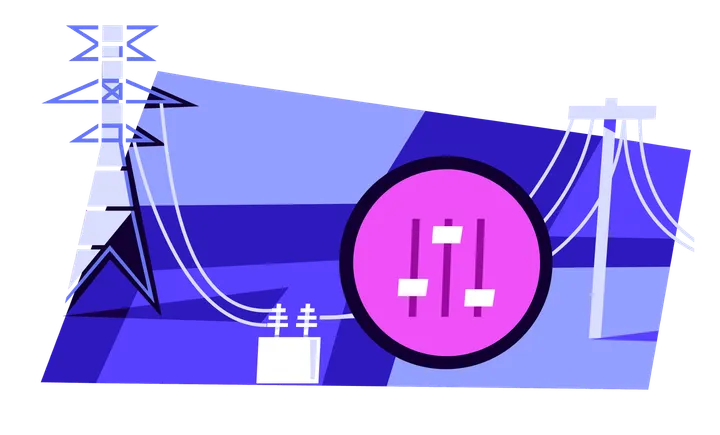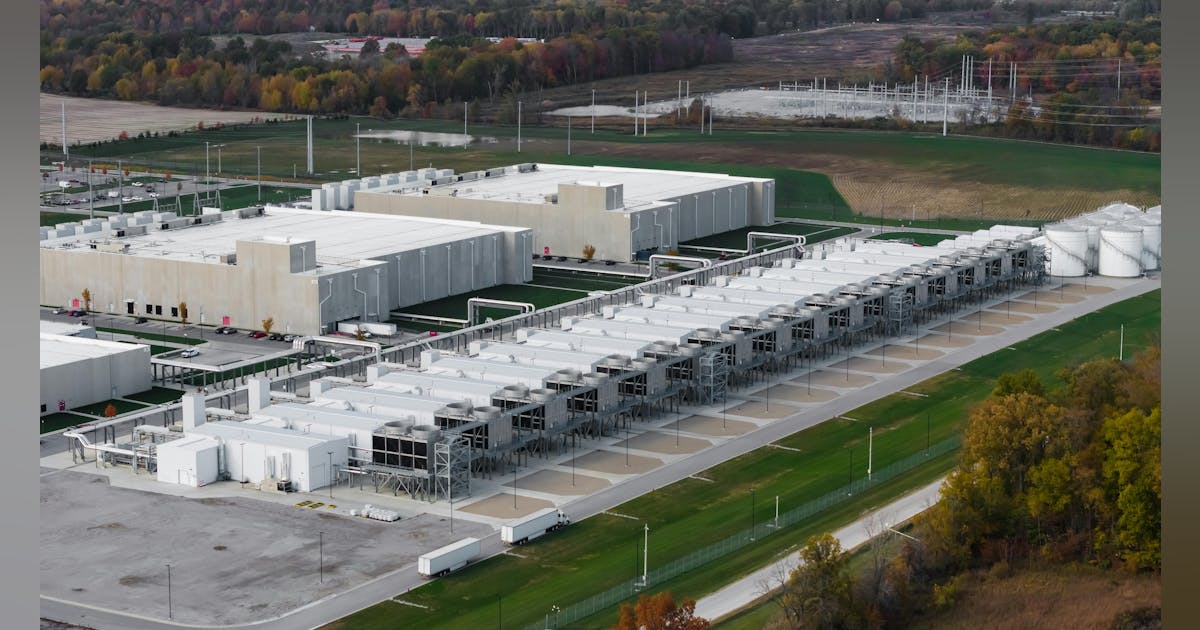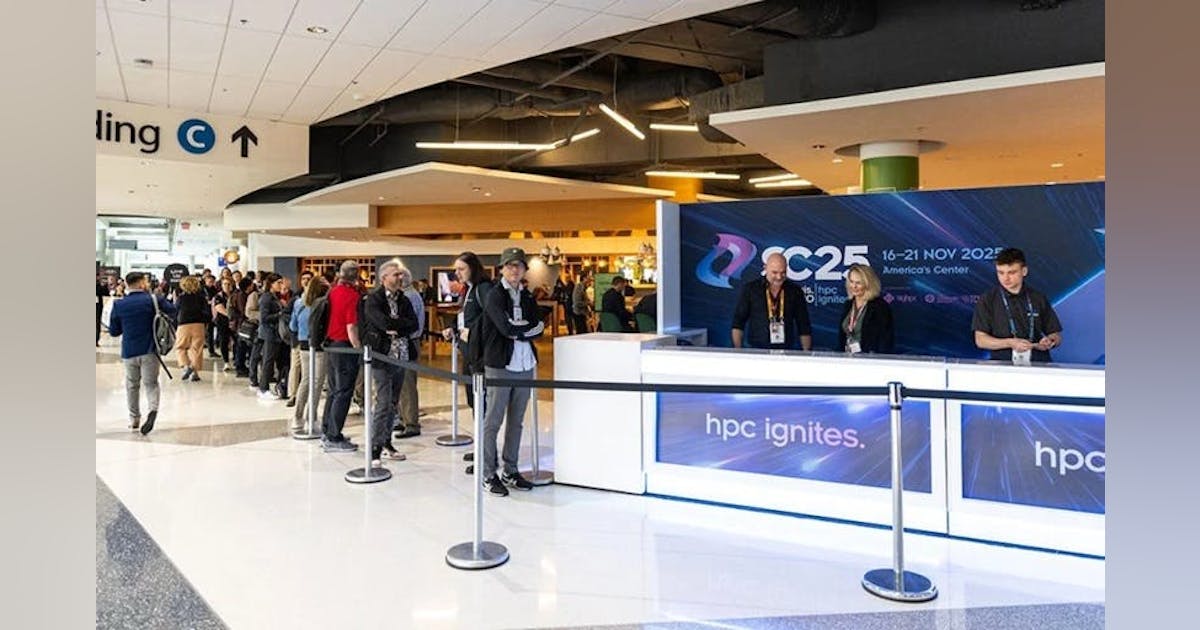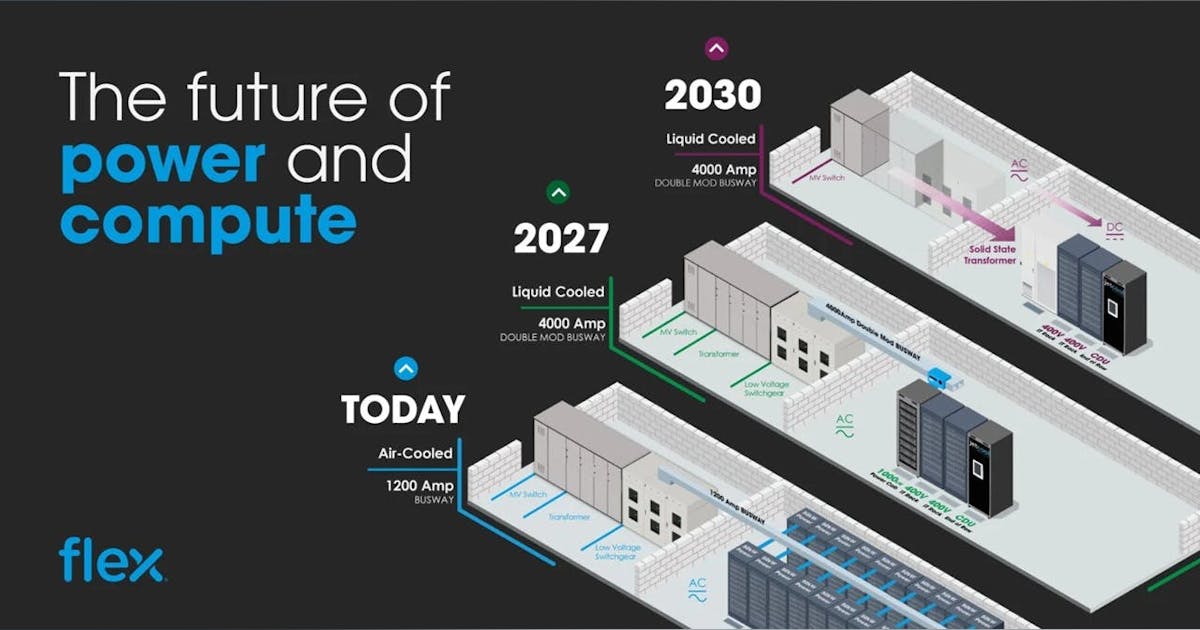
In a statement posted on its website recently, the Texas Railroad Commission (RRC) announced that it has “adopted a significant overhaul of rules regulating oil and gas waste management facilities in Texas”.
The development comes “after extensive reviews of public comments and stakeholder input”, the RRC outlined in the statement, which highlighted that the group’s commissioners voted to adopt the new rules at an open meeting on December 17.
The RRC pointed out in the statement that this is “the first overhaul of RRC’s waste management rules in four decades”. It said the new rules help the RRC continue to safeguard groundwater and surface water while adapting to modern waste management practices, such as recycling produced water, and recent advancements in production methods.
In its statement, the RRC noted that the regulations “cover waste from oil and gas operations … as well as waste from other operations for which the legislature has given the RRC jurisdiction including geothermal, carbon sequestration, and brine mining wells”.
The RRC said the rule updates requirements on the design, construction, operation, monitoring, and closure of waste management units and stated that it will improve the RRC’s ability to track and collect data on oilfield waste transported throughout Texas. It also highlighted in the statement that the new rules “codify informal guidance that RRC experts have developed over the course of several decades to give operators and the public certainty on how regulations of waste management facilities are carried out”.
“The adopted rules will enhance the RRC’s oversight of waste management facilities,” the RRC said in the statement.
“The agency now has staff dedicated to environmental permit compliance – a team that reviews waste management facility reports and inspections and follows-up on those reviews to quickly rectify any issues,” it added.
In the statement, RRC Chairman Christi Craddick highlighted that “the oil and gas industry has evolved dramatically since the 1980s”.
“After a years-long process, and with thoughtful and thorough deliberation from the public, agency experts, and industry stakeholders, I am proud to report the Railroad Commission has passed its first overhaul of waste management rules in 40 years,” Craddick added.
“I sincerely appreciate our staff for their hard work in modernizing our agency’s rules to reflect current waste management practices and new advancements in production methods, allowing industry to continue driving economic growth while upholding our commitment to protecting public safety and the environment,” Craddick added.
RRC Commissioner Wayne Christian said in the statement, “it’s been 40 years since these rules were last updated, and the oil and gas industry has grown and changed in ways unimaginable from back then”.
“Updating these regulations was a slow and deliberate process, ensuring we listened to everyone impacted – small operators, landowners, royalty owners, and waste management companies,” he added.
“I personally hosted meetings with small and mid-sized producers, who shared real concerns about the initial draft, especially regarding pits. We took their feedback seriously, revised the rules and created a version that protects small businesses while safeguarding our environment,” Christian revealed.
“The final draft received overwhelming support from industry stakeholders,” he went on to state.
RRC Commissioner Jim Wright said in the statement, “by passing this measure today, the Railroad Commission and the State of Texas have taken a significant step forward to align our practices and procedures to account for the considerable changes the industry has experienced in the 40 years since this rule was last reformed”.
“Thanks to the tremendous effort and dedication of our staff here at the Railroad Commission and the input and participation of the public and stakeholder groups, we have been able to modernize these rules in a way which aligns with the Railroad Commission’s mission, and which will serve our state and citizens well,” he added.
In a statement posted on its website on September 3, the RRC said it continued to take public input on “proposed rules to revamp the agency’s critical rules regulating waste management facilities in Texas”. That statement highlighted that the public comment period started on August 16 and finished on September 30.
A statement published on the RRC’s site on August 16 announced that RRC commissioners “voted to publish for public comment proposed amendments that are critical to updating the agency’s rules regulating waste management facilities”.
“This proposed rule reflects the hard work and dedication of agency staff and stakeholders on this critical rule,” Craddick said in that statement.
“I am grateful to Commissioner Wright for his leadership on this important matter and look forward to reviewing public input as we work toward final adoption of our solid waste rule amendments,” Craddick added.
In that statement, Wright said, “today’s draft rule represents an important step forward with respect to the Railroad Commission’s expectations regarding waste management practices”.
“It has been 40 years since the Commission last made significant updates to this rule, and today’s proposal is an acknowledgment that considerable changes have occurred in terms of technology and industry practices now being utilized,” he added.
“I thank the Railroad Commission staff for their tireless work on behalf of our state and look forward to reviewing the public’s feedback on this important issue as we work towards final adoption,” he continued.
Also in that statement, Christian said, “right next to oil and gas, water is becoming perhaps the most valuable natural resource in Texas”.
“As an EPA commended agency for ground water protection, the Commission takes safeguarding water extremely seriously, and this rule update makes certain that industry is taking every precaution possible toward protecting the public,” he added.
“I’m proud of the hard work by our commission staff and look forward to this rule continuing to bolster the RRC’s historic legacy as a world-class regulatory agency,” he said.
The RRC was established in 1891 under a constitutional and legislative mandate to prevent discrimination in railroad charges and establish reasonable tariffs, the organization notes on its website, adding that it is the oldest regulatory agency in the state and one of the oldest of its kind in the nation.
The RRC no longer has any jurisdiction or authority over railroads in Texas, the site highlights. It is the state agency with primary regulatory jurisdiction over the oil and natural gas industry, pipeline transporters, natural gas and hazardous liquid pipeline industry, natural gas utilities, the LP-gas industry, critical natural gas infrastructure, and coal and uranium surface mining operations, the site notes.
The Commission exists under provisions of the Texas Constitution and exercises its statutory responsibilities under state and federal laws for regulation and enforcement of the state’s energy industries, it goes on to state.
The Commission also has regulatory and enforcement responsibilities under federal law including the Surface Coal Mining Control and Reclamation Act, Safe Drinking Water Act, Pipeline Safety Acts, Resource Conservation Recovery Act, and Clean Water Act, the site highlights.
To contact the author, email [email protected]




